By: Nick Drainey
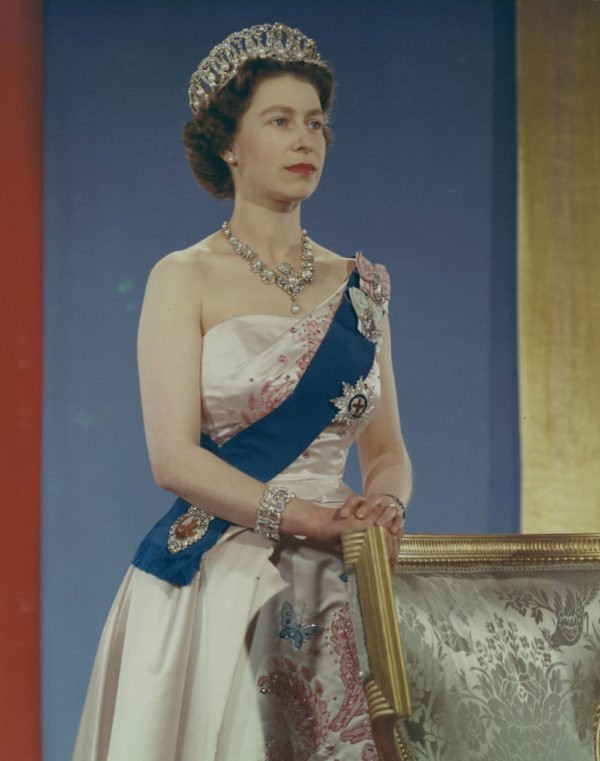
It was the place where she chose to spend part of her honeymoon, where she took her summer holidays every year and where, according to friends, she was “never happier”. And it was, last month, the place where Queen Elizabeth II, the longest serving British monarch, spent her final days. The Balmoral estate in Aberdeenshire has belonged to the Royal family since 1852 when Prince Albert bought it for his wife, Queen Victoria, and it has been passed down the generations ever since.
The Queen has spent every August and September at rural Scottish retreat; this summer her fragile health meant there had been question marks over whether she would make the journey north, but the 96-year-old monarch had apparently insisted. And it was at this estate, with its grand baronial castle and 50,000 acres of land, where The Queen died on September 8, just two days after performing her last Royal duty – to invite Tory leader Liz Truss to become the new Prime Minister. The pictures of the event – the final official shoots taken of The Queen – show a frail woman, bent over a stick but with a smile and spirit undimmed.
Elizabeth II spent a lot of time in Scotland
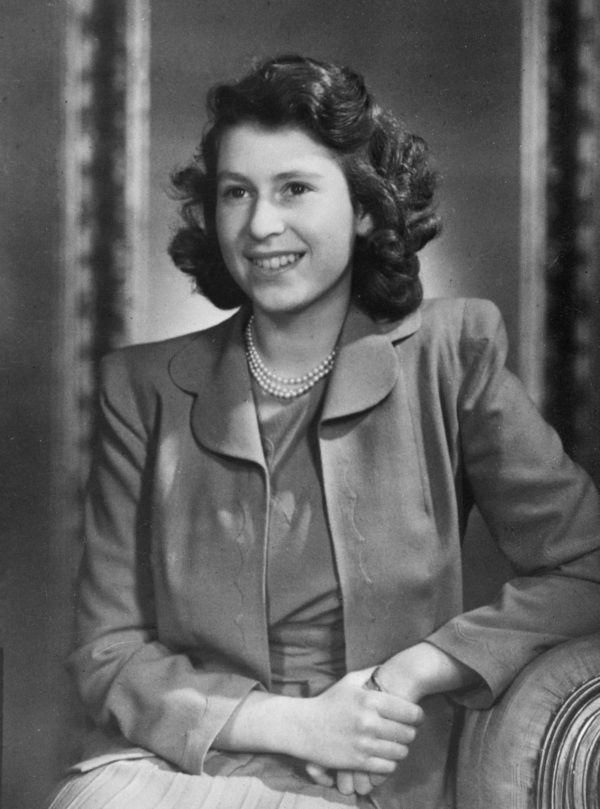
And while the estate, near the quaint village of Crathie, held a special place in her heart, The Queen held Scotland as a whole in her affections. There were, of course, strong connections through her Royal line on her father’s side, which can be traced back to the ancient Stuart line of Scotland. But on her maternal side, The Queen’s mother, Elizabeth Bowes Lyon, later known as The Queen Mother, was Scottish; the daughter of Lord Glamis, later the 14th Earl of Strathmore and Kinghorne, she grew up at Glamis Castle in Angus. As a girl, the future Elizabeth II spent a lot of time in Scotland, either at Balmoral or at Glamis with her maternal grandparents – aged 11, in a thank you note to her maternal grandmother, the Countess of Strathmore, she said her summer holiday break with them in Angus had been “one of the happiest weeks I have ever spent.”
When she married Prince Philip, the Duke of Edinburgh, in 1947, she and her new husband spent part of their honeymoon at Birkhall, part of the Balmoral estate, and then spent their Augusts and Septembers at Balmoral, including a visit to the nearby Braemar Gathering, where The Queen was Chieftain. She first visited with her parents and grandparents in 1933 and this year was one of only four occasions in her 70 years as Queen when she had missed attending – an indication of just how special she regarded the Highland Games event and how frail she was becoming.
She and the rest of the Royal family were also regular attenders at Crathie Kirk while at Balmoral, a tradition started by The Queen’s great-great-grandmother, Victoria. And it was outside the Church in 2014, during the Scottish independence referendum campaign that The Queen told people gathered outside to “think very carefully about the future” before casting their vote, a comment which some took to mean she was against the yes vote. If so, it was a rare foray into the world of politics for The Queen, particularly at Balmoral. For while Prime Ministers did come to stay at the estate, owned privately by the Royals rather than the Crown, it was the place where the family could shrug off the pomp and ceremony of their official duties and be themselves, indulging in their favourite pastimes of riding, walking, stalking and fishing. The Queen, with her passion for horses, dogs and the outdoors, was often seen with a casual headscarf swept around her head and a pair of wellies on, striding over the moors, driving a Land Rover and on picnics. Tourists visiting Balmoral have been known to discover that the smiley lady in tweeds they were chatting to was in fact the monarch. Such was the down to earth feeling the surroundings encouraged, former Prime Minister Margaret Thatcher once bought The Queen a pair of rubber gloves after spotting her doing the washing up with her bare hands.
Her love for Scotland
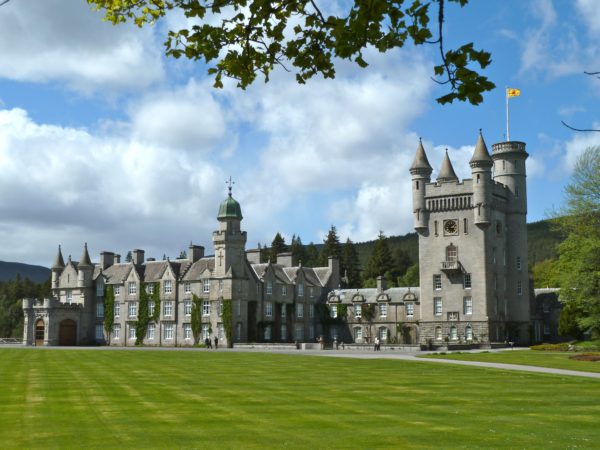
But there were formalities too on The Queen’s Scottish visits. The official Royal residence is the Palace of Holyroodhouse and events during “Royal Week” or “Holyrood Week” – an annual week in June or July when The Queen would carry out official engagements – would centre on the Edinburgh landmark. That included the annual garden party, when around 8,000 people from all walks of life would be welcomed as a thank-you for their services to their communities and an Investiture, also held at the palace, again honouring people from across Scotland for outstanding contributions to society. She also travelled around Scotland – recent visits have included the Irn Bru factory in Cumbernauld and the Children’s Wood in Glasgow
In fact, her long reign and her love for Scotland means there are few places she hasn’t visited. Her annual Balmoral holiday was once preceded by a cruise around the Western Isles on the Royal Yacht Britannia. The yacht was decommissioned in 1997 but she has twice charted luxury ship the Hebridean Princess for cruises with her family around the isles, in 2006 to celebrate her 80th birthday and again in 2010. She became the first reigning monarch since the Viking King Haakon to visit Shetland in 1960, going on to visit on another two occasions.
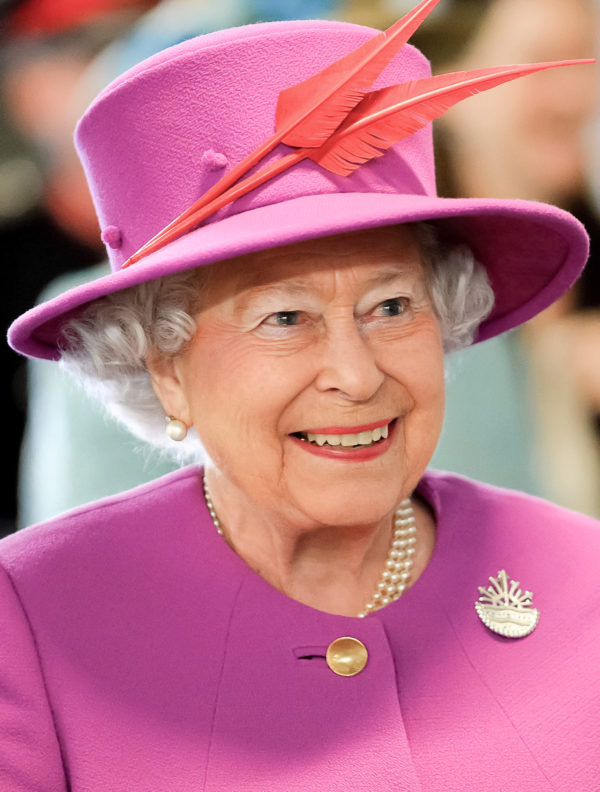
Among the numerous engagements over the years were several iconic moments, including launching The Queen Elizabeth 2 cruise liner in Clydebank in 1967 and descending 1,600ft (500m) to visit the coal face in a mine at Rothes Colliery in Fife in 1958 while wearing an immaculate white boiler suit. She also opened the Borders Railways between Edinburgh and Tweedbank on the day in 2015 that she became the UK’s longest-reigning monarch, overtaking Queen Victoria’s record.
Three days after her death, her coffin travelled from Balmoral to the Palace of Holyroodhouse, before a procession saw it being taken to St Giles’ Cathedral in Edinburgh for an official lying in state. Tens of thousands of people visited the cathedral on the Royal Mile to pay their last respects to the much-loved monarch before the coffin travelled to London for a second lying in state at Westminster and the state funeral.
King Charles
The new King, Charles III, the oldest child of Elizabeth II and her husband Prince Philip, also has strong connections to Scotland. Charles was four when his mother became Queen and he inherited several Scottish titles, including the Duke of Rothesay (the title by which he was known in Scotland) and Lord of the Isles. His school days at Gordonstoun private school in Elgin were not happy but, like the other Royals including his mother, his summers in Balmoral were relaxed and joyful times. He shared his mother’s love of the outdoors and pictures show him in kilts and jumpers, sketching in the estate grounds and out walking with dogs.
In 1980, a children’s book written by the then prince, called The Old Man of Lochnagar, was published; the tale of an old man who lives in a cave under a mountain which overlooks Balmoral, it is a testament to his affection for the Highland landscape. He spent part of his honeymoon with his first wife Diana at Balmoral, and proposed to his second wife, Camilla, at Birkhall, in 2005; they also spent part of their honeymoon there.
The couple stay there regularly; Charles is said to adore the gardens there and be so fond of the red squirrels which live in the area that he leaves the doors open and nuts in jacket pockets for the love of seeing them coming in and foraging. Birkhall, like Balmoral, was bought by Prince Albert, Queen Victoria’s husband. More recently it was the Queen Mother’s and she bequeathed it to her grandson, along with the Castle of Mey near John O’Groats.
In 2007 he helped to save Dumfries House, an 18th century mansion in Ayrshire which was due to be sold at auction, leading a consortium to buy the house and save it for the nation. It is now run by the Prince’s Foundation and where he was staying when he was summoned urgently to Balmoral last month.
Main photo: The Queen at the opening of the Scottish Parliament. Photo: The Scottish Parliament, CC BY 2.0, via Wikimedia Commons.

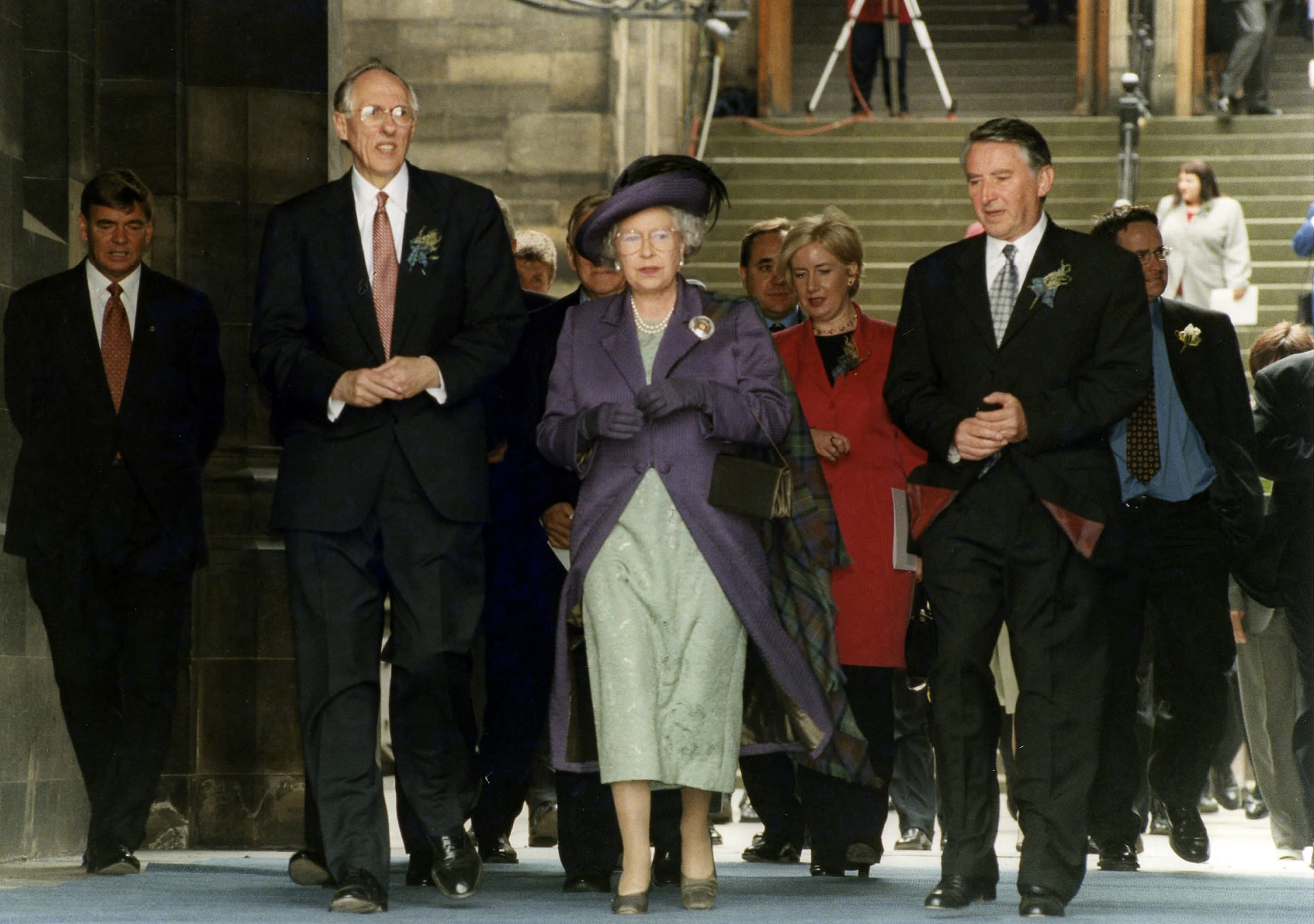
Aye she loved Scotland and only the locals felt the same towards her , most of Scotland did not feel the same way about her and hers up here ….but she was always loyal to Scotland , despite being English , tells you what she thought of Scotland that , and even though she was the English queen many Scots excepted her as their own……not me but many.